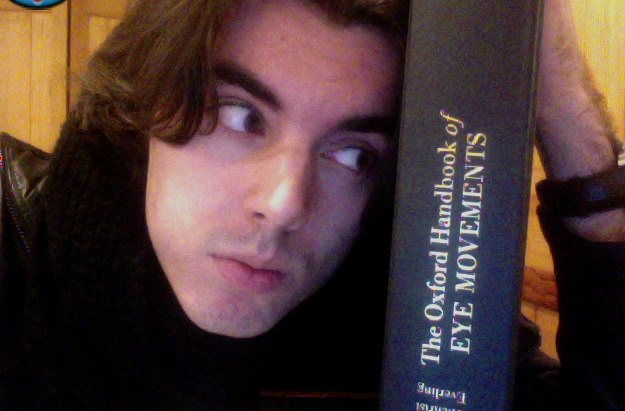About Me
I am a Research Fellow at University College London, in the Coen Lab! Click here to download my full CV or go here for the abridged online version.
My Research
A central question in behavioral and brain sciences is how we perform skilled, adaptive behavior despite fundamental limitations in perception, attention, and memory. My research investigates the psychological, computational, and neurobiological mechanisms that allow the brain to manage its own constraints. I focus on (i) how multisensory information is integrated into coherent representations of the world, (ii) what information is selected to be represented on the ‘cognitive map’ and other information is discarded, and (iii) how memories are retrieved to guide context-dependent behavior.
In my goal to address the paradox of how fallible cognitive systems enable expert performance, I cross traditional research boundaries: I work with both human and rodent subjects, collecting data from naturalistic behavior as well as highly-controlled experiments. I utilize non-invasive (fMRI, scalp EEG, eyetracking, pupillometry) and invasive (electrophysiology, LFP, optogenetics) techniques, complemented with computational modeling (reinforcement learning, deep learning, drift-diffusion models).
Tool Development
I believe the most creative science emerges at the intersection of approaches that have historically remained separated. By centering my work on theoretical questions across levels of analysis - from neurons to ecological behavior - I cannot help but be interdisciplinary: I choose the best tools for the problem, instead of choosing a problem based on my tools.
This also puts me in a unique position to innovate on the tools available. Currently, I am developing a new timeseries analysis visualization approach. Highly-controlled experiments easily allow for stimulus-locked analysis. However, my experiments with free animal behavior will benefit from a novel way of processing data that can time-lock data in a single plot to multiple events of interest (e.g. stimulus onset, but also the start or end of behaviors). In my own work, this is already uncovering how multiple behaviors relate to each other in terms of features extracted using e.g. Fourier analysis, despite the duration of those behaviors varying from trial to trial (Turker & Smith, in prep.)! This, and other tools will be made available on my GitHub for Matlab, Python, and R.
Science Outreach
Since 2017, I have been the assistant curator of Cornell’s ‘Wilder Brain Collection’ and regularly organizing outreach events. The collection has been showcased at Upward Bound, Expanding Your Horizons, Brain Days, Kids Science Day, GRASSHOPR, the Community Neuroscience Initiative, and many other events!
